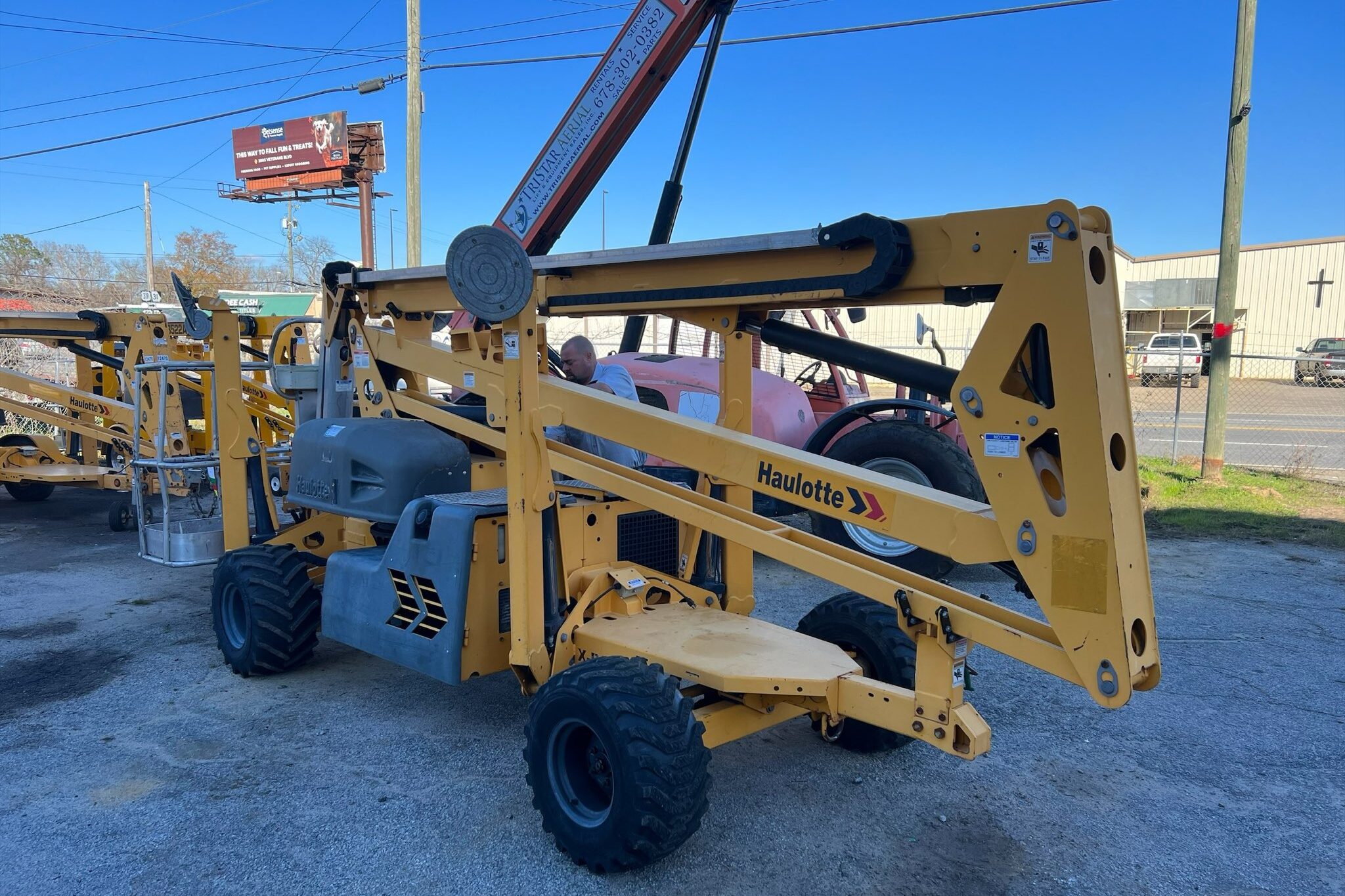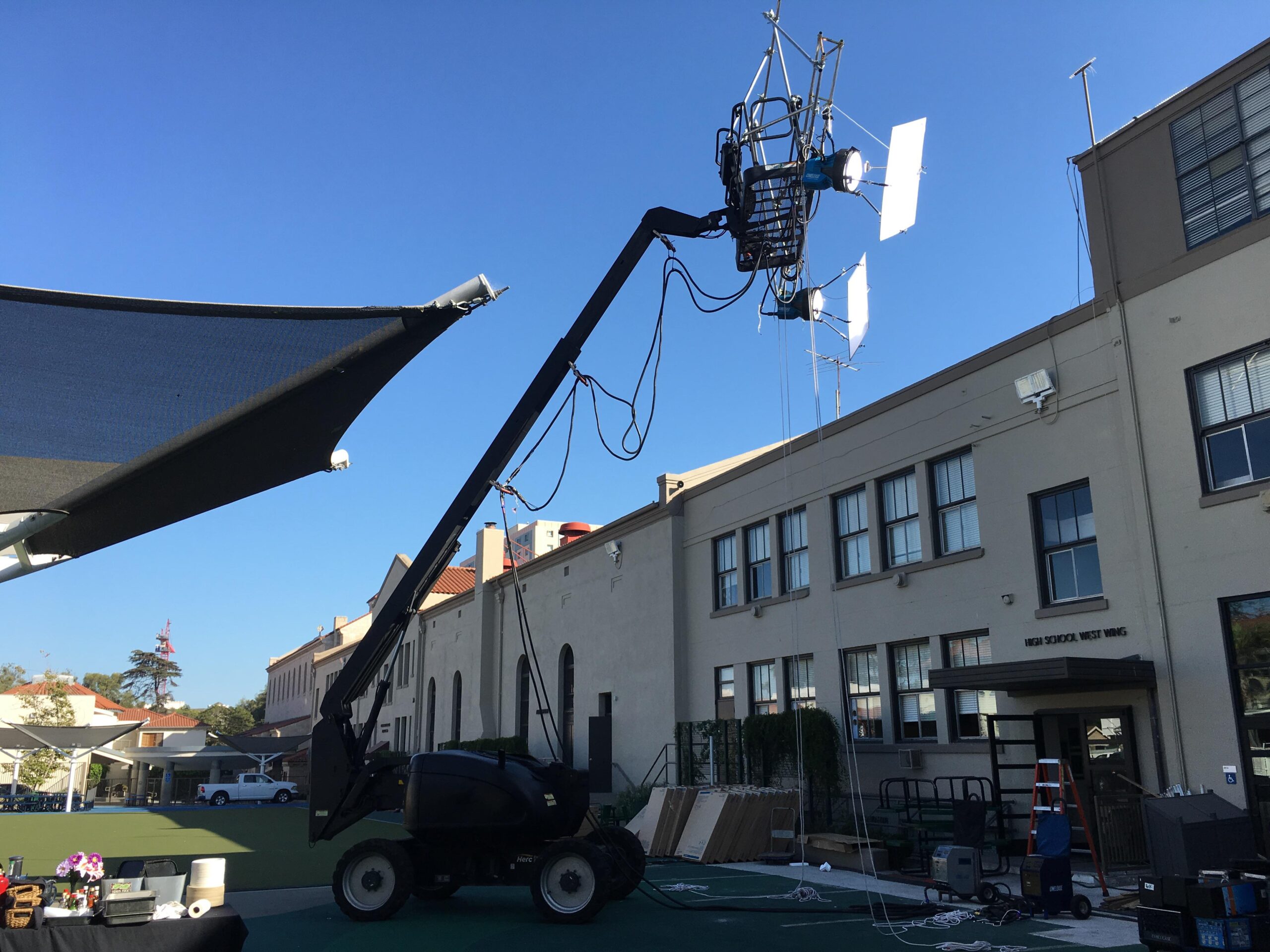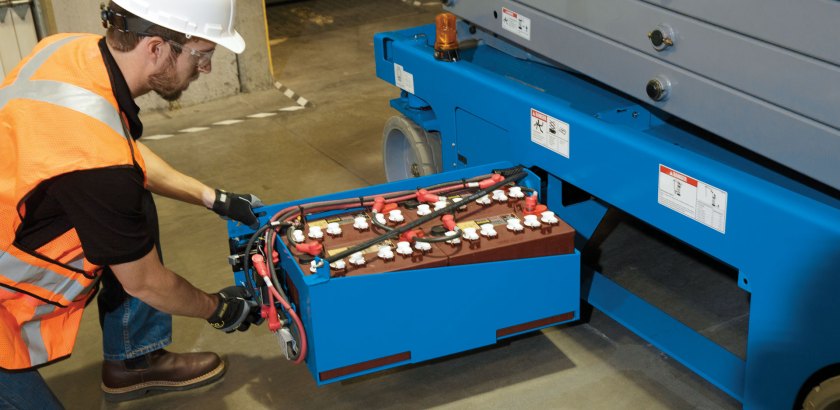
The aerial lift industry is evolving rapidly, with new trends shaping its future. At TriStar Aerial, we are committed to staying ahead of these trends to provide our customers with the latest innovations. Here are key trends to watch in the aerial lift industry:
AI and IoT Integration: Artificial intelligence (AI) and the Internet of Things (IoT) are revolutionizing the aerial lift industry. IoT-enabled lifts provide real-time data on performance, usage, and maintenance needs. This data allows for predictive maintenance, reducing downtime and operational costs. AI algorithms can optimize lift performance and enhance safety by detecting potential issues before they become critical.
Advanced Battery Technology: Improvements in battery technology are leading to longer-lasting electric lifts, reducing the need for frequent recharges and minimizing downtime. High-capacity batteries and fast-charging capabilities are becoming more prevalent, making electric lifts more practical for a wider range of applications.
Compact and Versatile Designs: The demand for compact and versatile aerial lifts is growing. Manufacturers are developing smaller, more agile lifts that can navigate tight spaces without sacrificing performance. These designs are particularly useful in urban environments and for indoor applications where space is limited.
Enhanced Safety Features: Safety continues to be a top priority in the aerial lift industry. New lifts are being equipped with advanced safety features such as automatic leveling systems, obstacle detection sensors, and enhanced control interfaces. These features help prevent accidents and improve operator confidence.
Sustainability Initiatives: The push for sustainability is influencing the development of eco-friendly aerial lifts. Electric and hybrid models are becoming more popular as companies look to reduce their carbon footprint. Additionally, manufacturers are adopting sustainable production practices, such as using recycled materials and minimizing waste.
Remote and Automated Controls: Remote and automated control systems are making aerial lifts easier to operate. Remote controls allow operators to maneuver lifts from a distance, reducing the need for manual adjustments. Automated systems can perform routine tasks with minimal human intervention, increasing efficiency and productivity.
Augmented Reality (AR) for Training: Augmented Reality (AR) is being used to provide immersive training experiences for aerial lift operators. AR technology allows trainees to practice operating lifts in a virtual environment, improving their skills and safety knowledge before working on actual equipment. This training method enhances operator competence and reduces the risk of accidents.
Telematics and Fleet Management: Telematics systems are becoming integral to fleet management, providing real-time tracking of aerial lift locations, usage patterns, and maintenance needs. These systems enable better resource allocation, improve operational efficiency, and reduce overall costs.
Modular and Customizable Lifts: The trend towards modular and customizable aerial lifts is growing. Manufacturers are offering options that allow customers to tailor lifts to their specific needs, whether it’s adding specialized attachments or selecting different power sources. This flexibility helps companies get the most out of their equipment.
Regulatory Compliance: Staying compliant with evolving safety and environmental regulations is essential. New standards are being introduced to enhance safety and reduce environmental impact. Manufacturers and operators must stay informed about these changes to ensure their equipment meets all regulatory requirements.
By staying informed about these trends, companies can ensure they are leveraging the latest technologies and practices to enhance their aerial lift operations. At TriStar Aerial, we are dedicated to providing innovative solutions that meet the evolving needs of our customers.






